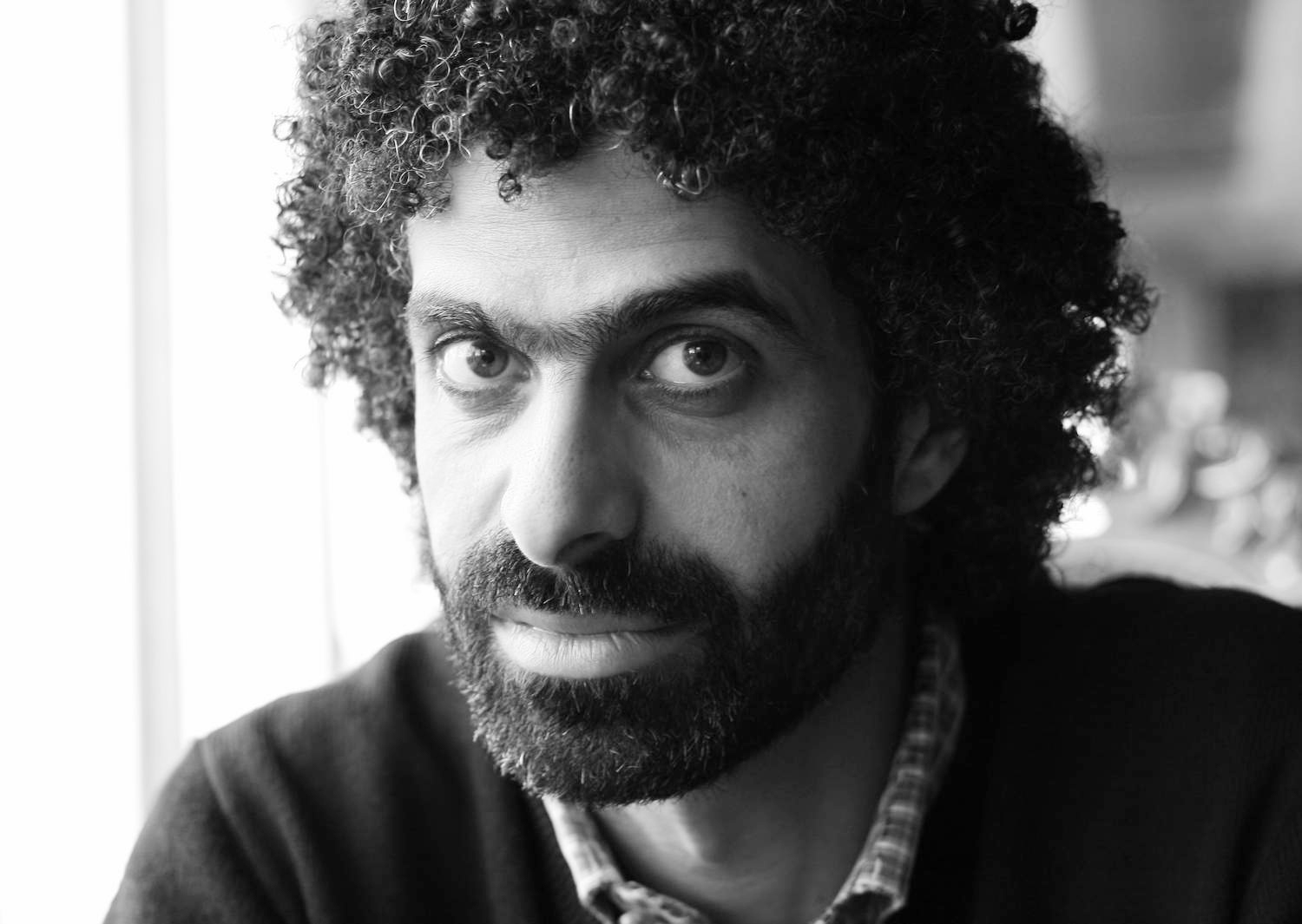Egypt’s Minister of Environment Yasmine Fouad announced, on Wednesday, the start of preparations for the first integrated programme to monitor natural resources in the reserves of Fayoum Governorate.
The project aims to preserve the biological diversity and natural resources, via the third phase of the Egyptian-Italian Environmental Cooperation Project, funded by the Italian Cooperation Agency.
The project is being implemented by the United Nations Development Programme (UNDP), in cooperation with the Ministry of Environment.
Fouad said that the programme’s preparation aims to monitor the natural resources of the Fayoum Reserves in all forms, including plants, animals, and excavations. This is due to the area featuring one of the most important and unique environmental and heritage features in the country.
Additionally, the programme includes monitoring the quality of lake water and its biological diversity to maintain its sustainability and quality.
Fouad highlighted that the monitoring aims to activate environmental management systems through the development of environmentally, economically, and socially sustainable systems. This takes into account the preservation of natural resources.
It is also designed to enhance the capacity-building of the local population to support the sustainable development of the region. This is in cooperation with researchers in reserves, Fayoum University, youth and civil society organisations, as well as NGOs, working in environmental fields.
The minister said that the area’s youth will be trained in methods of monitoring and follow-up, extraction and analysis of results. This is in a way that contributes to creating non-traditional job opportunities in the areas of environmental monitoring of natural resources.
Meanwhile, the Ministry of Environment has also trained young people on the extraction, maintenance, and restoration of fossils at the Wadi Al-Hitan Museum, in cooperation with the Faculties of Science at Egyptian universities.




